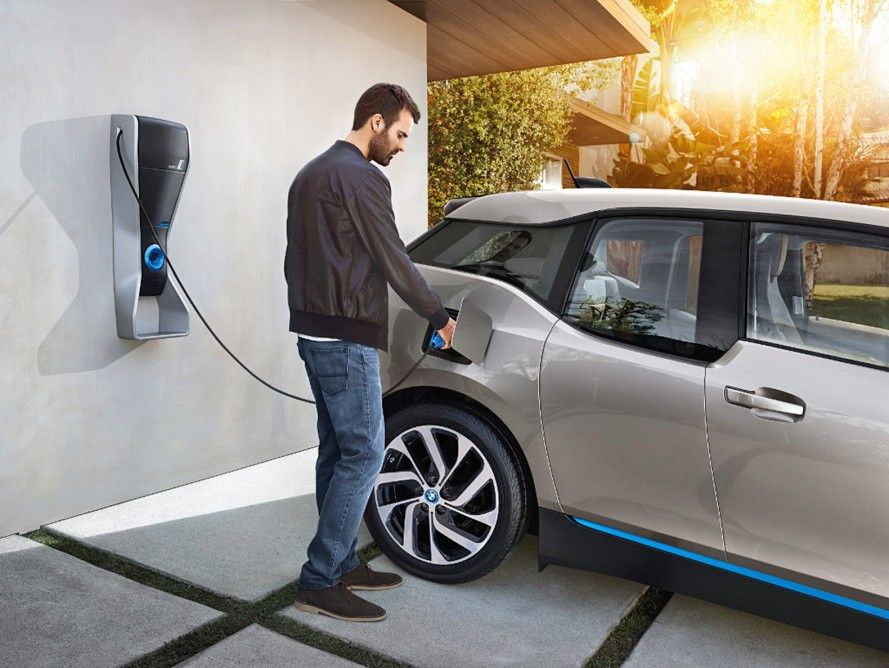Most drivers prefer plugging in at home or nearby, especially overnight. While this offers convenience, it creates problems for the power grid, which is already under stress during peak evening hours.
Wildly misleading title. Overnight charging doesn’t pose a problem, charging in the evening may pose a problem. All EVs today have scheduled charging so you can plug it in when you get home but it won’t charge until nighttime where load and price are low. This is a non-issue, it has already been solved for everyone but the most dense idiot consumers.
it has already been solved for everyone but the most dense idiot consumers.
So we’re doomed then
IDKFA can save the day!
Have to start scaring the public with “ev bad” stories so banning them will be a more supported option.
You’re missing that the researchers recommend charging during daytime business hours, which means people who use EVs to drive to work would need public or workplace provided chargers to accommodate this.
Setting a timer to charge around noon wouldn’t help if you’re parked at your job with no chargers nearby.
You just need to avoid peak evening hours to avoid overloading the grid, and a timer set to start at 1am solves this perfectly fine.
Depending on where you live, night time is also lowest load on the grid.
I’m not sure you’re talking about the same thing the paper is about. The overall load is lower, but the mix of power types is different.
Specifically, in California, there’s a HUGE difference in power generation types overnight than during the day. There’s excess capacity until the sun goes down due to solar. If you look ahead to everyone driving EVs, and then assume that everyone charges at night, then the power problem is completely different than what it is today.
So the researchers are saying there is more load during mid-day but there is also excess capacity due to solar, and that is better than charging at 3am with low load but also low generation from renewables?
That’s how I read the article, yes.
It’s a little confusing, because they seem to also be speculating on how power generation and load will be in the future as well as people’s charging habits.
You obviously missed the context entirely.
Well I got distracted by work and such so now everyone has already said this, but fuck it, here’s my version.
Recent research shows charging habits are more complex than expected. Most drivers prefer plugging in at home or nearby, especially overnight. While this offers convenience, it creates problems for the power grid, which is already under stress during peak evening hours.
So schedule the charging to start at off-peak hours, such as 9PM.
In contrast, shifting charging to daytime hours, particularly during periods of abundant solar energy, could alleviate grid stress and reduce greenhouse gas emissions.
This presumes your local grid makes use of solar. This is not a significant source of power in my area.
“Policymakers should consider utility rates that encourage day charging and incentivize investment in charging infrastructure to shift drivers from home to work for charging,” Rajagopal stated.
First, where I live they already charge more during peak hours than non-peak hours, which incentivizes charging at home after peak hours.
Where I charge at work, the charging is free, but you are not guaranteed a spot. So charging at work would mean anxiety about getting to charge at all. Also, not everywhere has free charging.
There is an existing, simple solution to the problem and it is not to discourage charging at home.
This absolutely depends on your location. My power company recommends charging at night, when the grid isn’t as strained. My area primarily uses hydro and wind, and this article seems to be talking about solar which is not very efficient here.
Much of the study is focused on the area around Stanford, which has access to a large amount of solar power nearby, so it would make more sense there.
Basically they want people to charge during the daytime when solar power is available, instead of in the evening when the grid is strained by higher demand and lack of renewable energy.
EVs have timers in them to prevent them from charging during peak demand or high electric cost hours. My power company charges triple rates from 2pm-7pm weekdays. We just have the EV timer set to not charge during that window.
My power company charges triple rates from 2pm-7pm weekdays.
Holy crap! Triple for those hours?!
I have a western facing home solar array, for me that is most of my prime power generating hours (besides winter months, of course). 2:30pm to 3pm is my peak generation of the day. I just checked my numbers and I’m still generating more than my house consumes until about 8pm. This will change a bit when it gets hotter and the AC is running more.
Then give financial incentive to do so.
It will cause what?
It’s making people gay at an alarming rate!
What’s that
The study the article is talking about, is a possible solution to cover California’s solar energy glut problem during the day, because the state doesn’t have enough batteries. It is a case study. In trying to do that, it may create other problems, such as infrastructure to get people to charge their cars during the day while they work. This means employers must pay or get somebody to pay for chargers at the work place, adding onto more costs onto the employee and/or employer. Nighttime charging may be cheaper and more convenient, but remember, the study wants you to capture all the wonder solar power during the day, not use potential green house gases from natural gas at night. The more complexity, the more problems you have.





